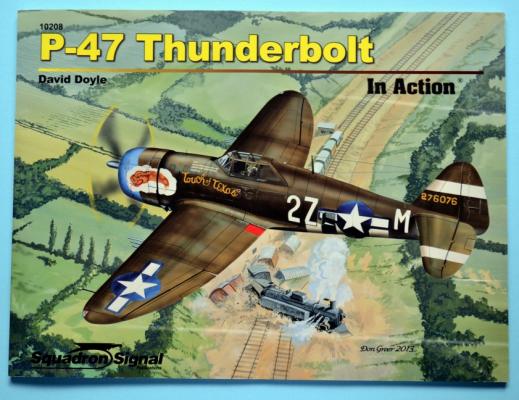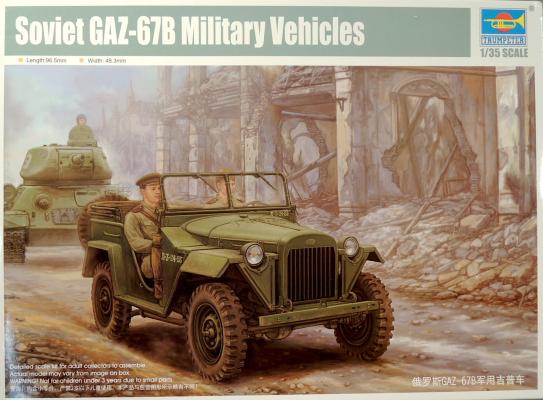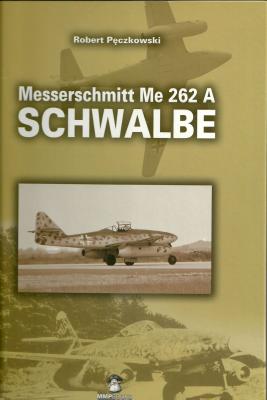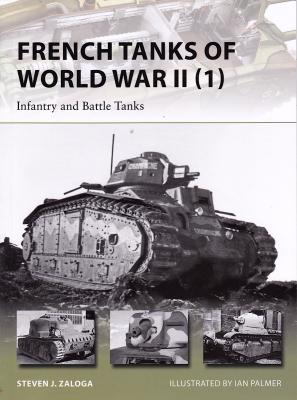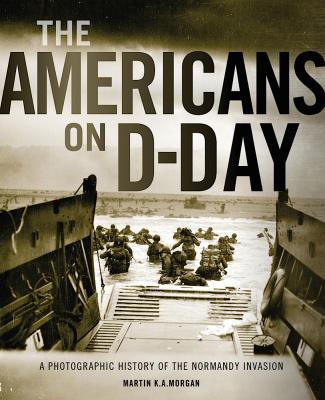P-47 Thunderbolt in Action is the third ‘In Action’ book about the P-47 published by Squadron MMD. The first one (number 18) was printed in the early 1970s and the second one (#1208) was printed in 2007. The latest, authored by David Doyle, adds considerably to the material provided in the first two. It presents, in word and pictures, the full story of the legendary Thunderbolt from inception to production and wartime service. I happen to know David personally and have come to expect anything he authors to be thoroughly researched and well written…and the latest P-47 Thunderbolt in Action is no exception.
Welcome to the IPMS/USA Reviews site!
Introduction: The primary organization of the IPMS/USA Review website is by IPMS/USA National Contest Class. Within each Class there are sub-menus by kits, decals, books, etc. The Miscellaneous Class is for items that are not class specific or that cross two or more classes.
IPMS/USA Members: We encourage you to submit reviews, both here and to the Journal. To volunteer for membership in the IPMS/USA "Reviewers Corps" and submit your own reviews, please read the Guidelines For Submitting Product Reviews.
Manufacturers, publishers, and other industry members: IPMS/USA is pleased to offer your company the opportunity for product reviews. All product reviews are performed by IPMS/USA members, and are posted in the publicly-accessible section of our website. With very few exceptions, we perform full build reviews of new kit releases, aftermarket products, and supplies. If you would care to provide product samples for review, please contact John Noack, IPMS/USA 1st VP.
To learn more about IPMS/USA, please see our About Us page.
Trumpeter’s GAZ 67-B is an updated model of the vehicle, but is not an easy build. Less experienced modelers might get frustrated with a lot of cleanup and loose fit of the parts.
Background
The GAZ-67 and the subsequent GAZ-67B were general purpose four-wheel drive Soviet military vehicles built by GAZ starting in 1943. By the end of the war, it was the Soviet equivalent of the Willys Jeep.
The GAZ-67 was a further development of the earlier GAZ-64. The GAZ-67B had a strengthened chassis frame, enlarged fuel tank, a wider track of 1446 mm, and other improvements. It was powered by a slightly more powerful 54 hp version of GAZ M1 4-cylinder 3280 cc gasoline motor, and had a top speed of 90 km/h. Production of the GAZ-67 started on 23 September 1943, and in January 1944 it was replaced by the GAZ-67B.
The Me-262 requires little if any introduction, however reference material for it is always sought after. This book is intended to cover all the marks and variants of the single seat “A” series, including some obscure prototypes.
The book is very logically broken down in a section that describes the technical characteristics of the airplane, the production blocks, and several tables with details covering prototypes from Werk Numbers, to Me-262 aces.
The next section has period B&W pictures and 1/72nd scale drawings of all the different variants of the A series, including details on their armament, if applicable.
After that there are no less than 58 color profiles, including a few top/bottom views of the Me-262 in the fighter and bomber configuration, plus color profiles of captured examples and post-war examples in Czech service.
The first of two volumes covering the French armor of World War II, this title looks at the infantry and battle tanks that faced the onslaught of the German Blitzkrieg in 1940. Many of the French tanks were intended as replacements for the World War I-era Renault FT, and various modernization efforts throughout the inter-war years had given rise to a number of new infantry tanks, including the Renault R35 and R40, FCM 36, and the Hotchkiss H35 and H39. Alongside these developments was a separate family of battle tanks, starting with the Renault D1, D2, and, finally, the best-known French tank of the campaign – the Char B1 bis. French Tanks of World War II (1) offers a background to the design and development of these tank types, and an evaluation of their performance in the Battle of France.
Contents
This is a large, beautiful coffee table style photo-essay book. As the son of a D-Day veteran I was most anxious to read this book. 450 of the photos included are from the combat in Northern France. Some will seem familiar to the reader but many have never before been published. I especially like how in many cases the author has shown the original WWII photo and then beside or below that he has placed a modern photo of the same place taken at the same spot.
The book is divided into eight chapters! The are: The Buildup, From the Air, From the Sea, On the Beached, Point du Hoc, La Fiere, Graignes and Aftermath. Each is filled with photos that show everything from the men, equipment and geography to the carnage of battle.











